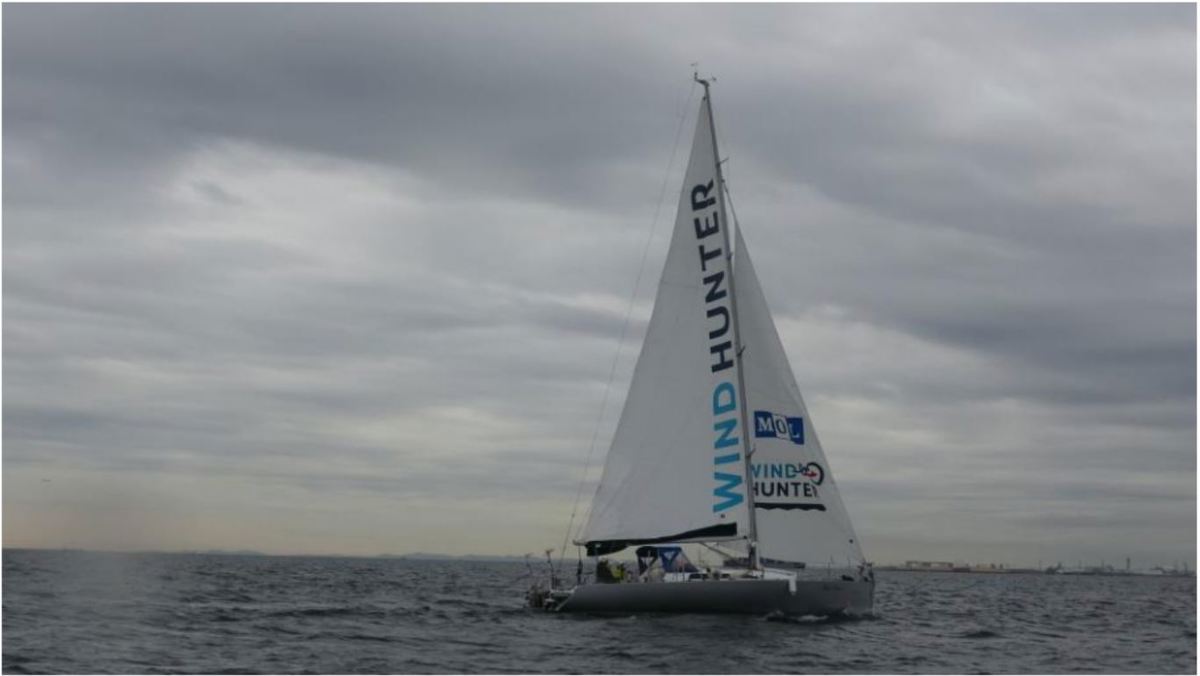MOL’s green hydrogen production yacht completes first onshore delivery
Japanese shipping firm Mitsui O.S.K. Lines (MOL) successfully supplied its first batch of green hydrogen, produced onboard a wind-powered demonstration yacht in Japan, to an onshore location in Tokyo.
 PHOTO: Winz Maru, MOL's wind-powered hydrogen production vessel. Mitsui O.S.K. Lines
PHOTO: Winz Maru, MOL's wind-powered hydrogen production vessel. Mitsui O.S.K. Lines
The demonstration vessel, stationed offshore in Tokyo Bay, generated green hydrogen using primarily wind energy for propulsion with assistance from hydrogen fuel cells. The hydrogen produced was then supplied to an onshore location in Tokyo.
According to the company’s fact sheet, the sails generate wind energy for primary propulsion and also power underwater turbines. These turbines help to electrolyse pure water from desalinated seawater to produce green hydrogen. Onboard, hydrogen was stored in tanks in the form of methylcyclohexane (MCH).
MCH is a liquid organic hydrogen carrier (LOHC) made by reacting hydrogen with toluene. Chemically, MCH is a saturated hydrocarbon with a flash point of -4°C and is commonly used as a solvent.
While hydrogen is projected to be critical to decarbonising the shipping sector, it is highly flammable and has a low volumetric energy density. As a result, storage is difficult and expensive. LOHC technology can eliminate the risk of fire during large-scale fuel transportation.
In LOHC technology, hydrogen is chemically bonded to stable liquid organic carriers, which are derivatives of oil that react reversibly with hydrogen. It eliminates the need to compress hydrogen and makes transporting it safer and more cost-effective.
MOL previously explained that when the MCH storage tank nears capacity, the vessel's automated sailing system is activated. If wind power alone is insufficient, the stored MCH is dehydrogenated (chemically separating hydrogen molecules) to generate electricity for secondary propulsion. The excess MCH is then offloaded upon berthing for onshore use.
This latest production milestone follows MOL’s initial pilot tests in Omura Bay in Japan's Nagasaki Prefecture. The company noted that additional safety measures have been implemented to account for the rougher sea conditions in Tokyo Bay compared to Omura Bay.
MOL now aims to scale up the concept and plans to build a large hydrogen-powered cargo ship by 2030.
By Konica Bhatt
Please get in touch with comments or additional info to news@engine.online





